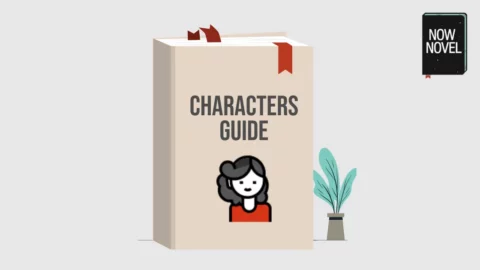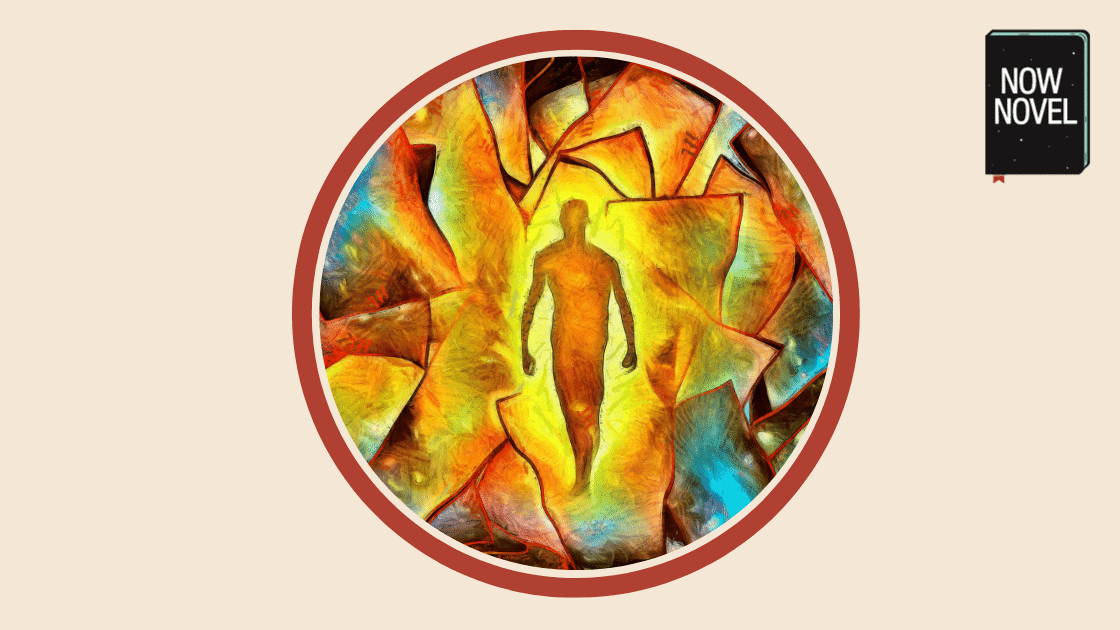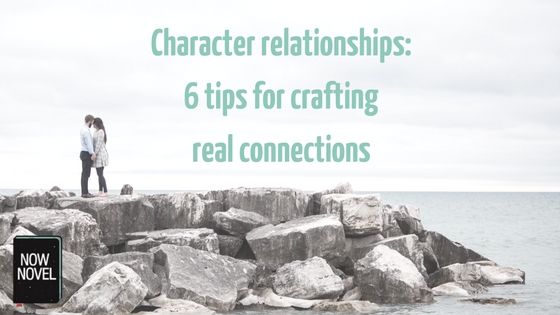Creating characters who spring to life on the page is vital for filling your story with people your readers can love, despise, relate to. Read a complete guide to creating characters.


Creating characters who spring to life on the page is vital for filling your story with people your readers can love, despise, relate to. Read a complete guide to creating characters.

The different points of view – first, second and third person POV – each offer creative ways to convey your characters’ voices and personas. Read 5 tips with illustrative examples from novels:

Character flaws serve multiple purposes. Often, they’re the faults and shortcomings that create conflict between key players in a story. Yet flaws are also useful for creating attraction between characters. Without them, characters feel wooden, ‘too perfect’. Without them, attraction might seem too instant. Here are types of flaws that make characters interesting:

If you want readers to fall in love with your novels, writing great characters is crucial. Read 5 lessons modern novels give us in writing vivid characters:

Knowing how to introduce characters so that they stick in readers’ minds is a skill. Here are six techniques to create memorable first impressions:

Writing character relationships that make sense requires thinking about how relationships work. How and why do people interact in harmonious or confrontational ways? Here are 6 tips for creating connected characters whose relationships are convincing:
Though written as a YA novel, The Hunger Games by Suzanne Collins was a big hit with readers of all ages. One key to its success was its use of suspense, and we can examine it to learn how to write suspense ourselves.

When we think about describing a character, we often think of listing items like hair colour, eye colour and body type. Character posture is important too. Here are tips on using posture to bring out what makes each of your fictional characters uniquely interesting: